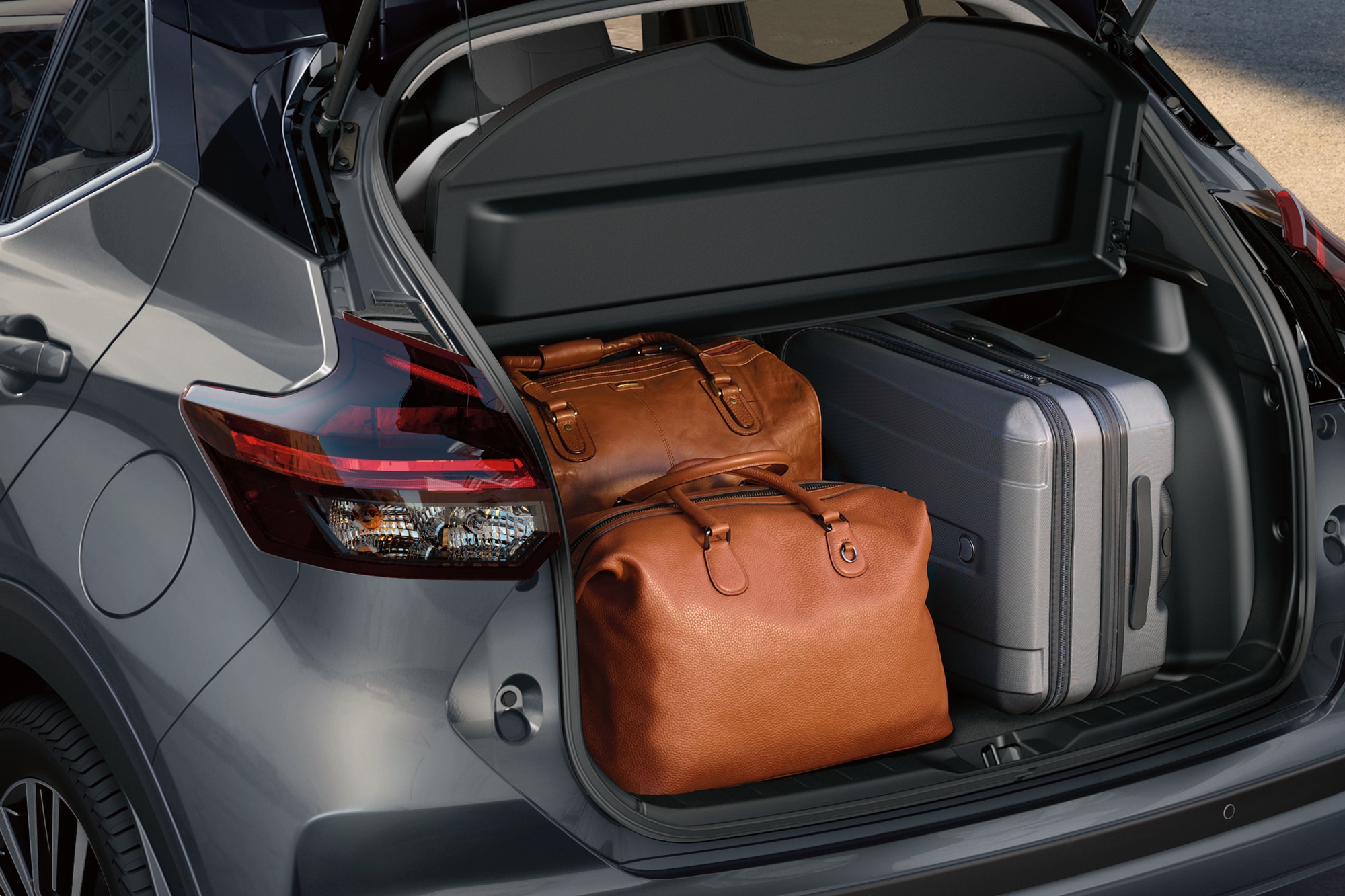Compared: 2022 Toyota Corolla Cross vs. 2022 Nissan Kicks
These two crossovers have different strengths. We compare price, fuel economy and features.
 Toyota/Subaru
Toyota/Subaru
Article QuickTakes:
For 2022, Toyota introduced the Corolla Cross subcompact crossover, filling the small gap between the C-HR and RAV4 in its lineup. As its name suggests, this shares a platform with the brand’s popular Corolla compact car. Let’s see how it matches up with another, slightly older small crossover out of Japan, the Nissan Kicks in price, fuel economy, and features.
 Toyota
Toyota
Toyota Corolla Cross vs. Nissan Kicks: Price
Toyota offers the Corolla Cross in three trims (L, LE, and XLE), the lowest of which starts at $23,410. All versions come with a 2.0L four-cylinder engine that produces 169 hp. Front-wheel drive is standard while all-wheel drive is a $1,300 option. With more feature equipment available on top models, it’s possible to push the price of a Corolla Cross beyond $32,000.
The Kicks also comes in three trim levels (S, SV, and SR) but opens significantly lower, at $20,925. Nissan keeps things simple, providing only front-wheel drive and one engine choice: a 1.6L four-cylinder that produces 122 hp. A fully loaded Kicks has significantly less equipment than the top Corolla Cross, but that’s reflected in the $24,515 price.
Toyota Corolla Cross vs. Nissan Kicks: Fuel Economy
The Kicks, seeing 31 mpg in the city and 36 mpg on the highway, has the slightest of edges over the Corolla Cross in fuel economy. The Toyota, in front-drive form, achieves the same city score but 3 mpg less on the highway. And in all-wheel drive guise, the Toyota gets 29 mpg city and 32 mpg highway.
 Nissan
Nissan
Toyota Corolla Cross vs. Nissan Kicks: Features
Both of these crossovers seat five people, but the Kicks gives front-row occupants about an inch more headroom and rear-seat passengers 1.4 inches more legroom than the Corolla Cross. When equipped with all-wheel drive, the Toyota matches the Nissan in cargo volume, with 25 cu.-ft. of space behind the second row. The front-drive Corolla Cross beats that by two cubes.
As for safety, the Kicks comes standard with lane-departure and forward-collision warnings, front and rear automated emergency braking with pedestrian detection, blind-spot monitoring, and automatic high-beams. The Corolla Cross’s standard Toyota Safety Sense 2.0 system offers many of the same features, but blind-spot monitoring and rear automated emergency braking with cross-traffic alert are not available on the entry-level L trim. That said, even base models have lane-keeping assistance, road-sign recognition, and adaptive cruise control—things that Nissan either doesn’t offer or reserves for higher trim levels.
Both crossovers can be had with either a 7.0 or 8.0 inch infotainment touchscreen, and Apple CarPlay and Android Auto capability come standard. The differences in comfort and convenience equipment are more noticeable among upper trim levels, where Toyota offers more luxuries, including a power driver’s seat, wireless phone charging, dual-zone climate control, a sunroof, and a power liftgate.



